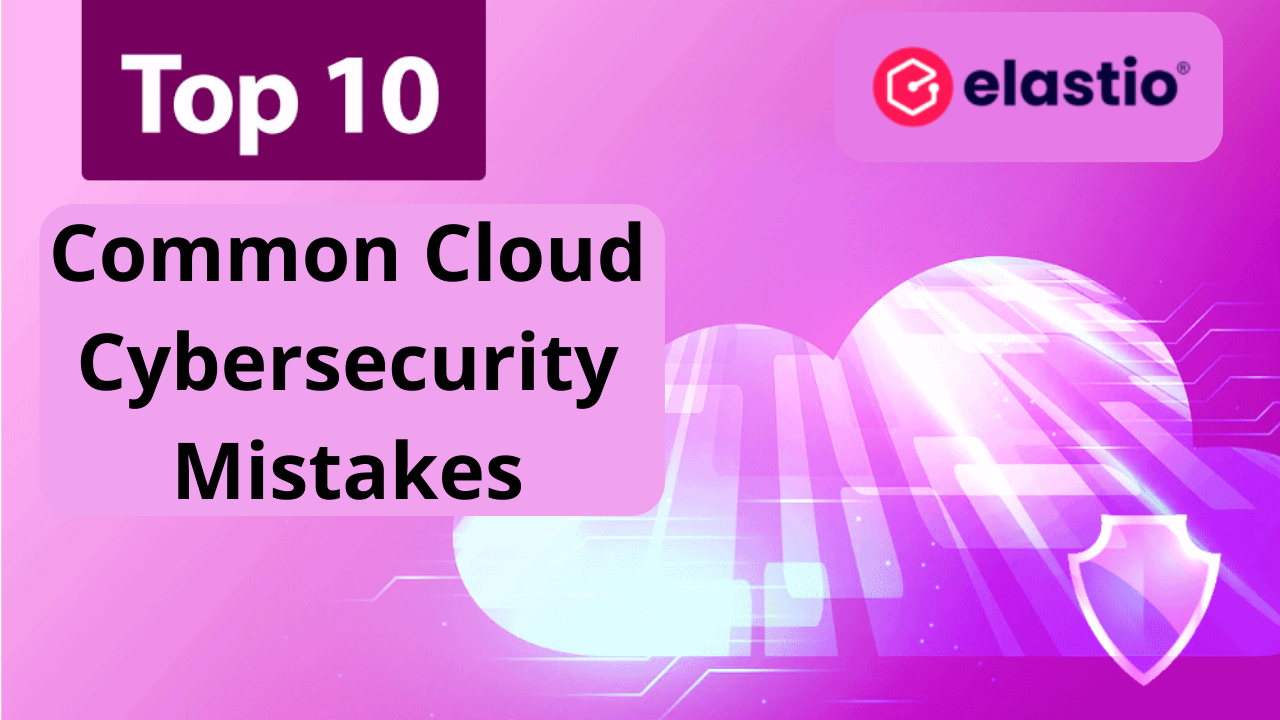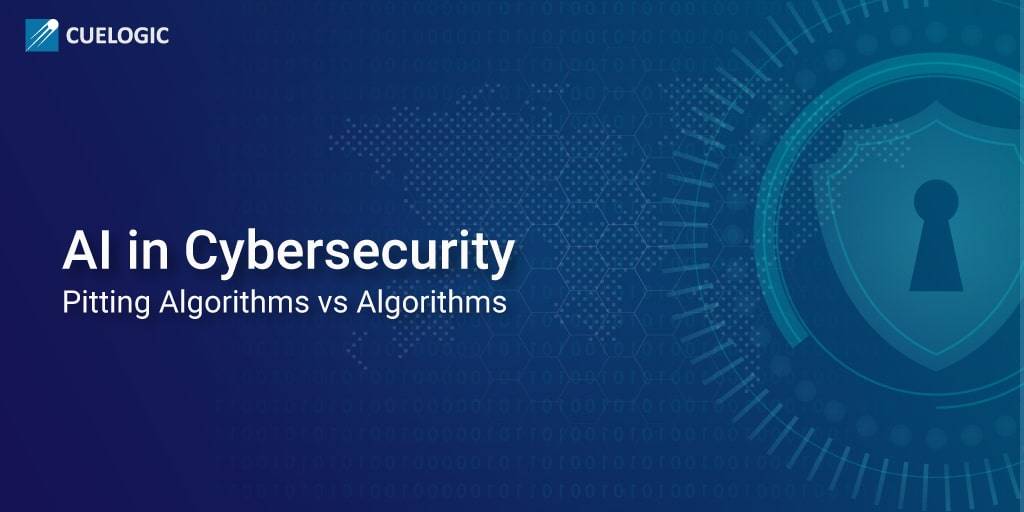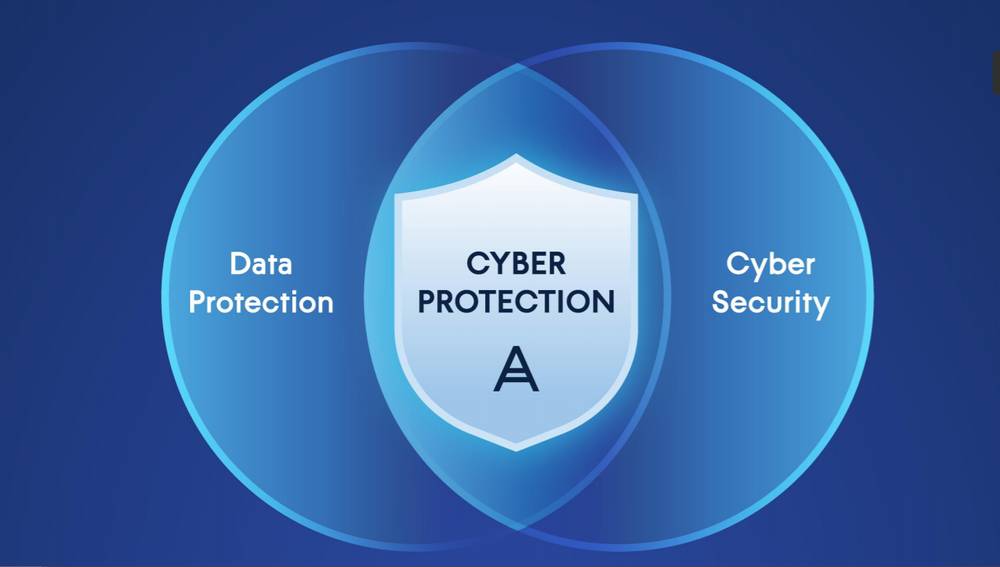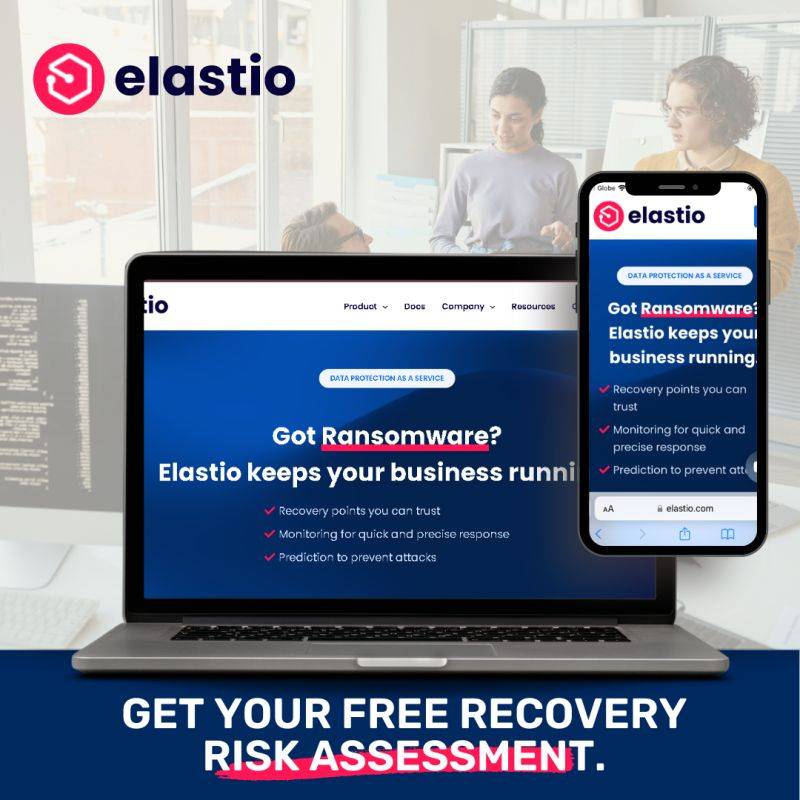

The Top 10 Common Cloud Cybersecurity Mistakes and How to Avoid Them
In the rapidly evolving digital landscape, cloud technology has ushered in a new era of IT infrastructure and data management. However, as businesses transition to the cloud, they often bring along outdated cybersecurity paradigms that fail to address the complexities of the modern threat landscape. In this blog post, we'll delve into the ten most common mistakes organizations make when it comes to cloud cybersecurity and explore strategies to steer clear of these pitfalls.
Mistake #1: Overestimating Perimeter Security Tools

One common blunder is placing excessive faith in perimeter security tools. While these tools aim to detect threats, cybercriminals have grown more adept at evading them. Successful attacks still occur, and when they breach perimeter defenses, they can infiltrate backups, which are often the last line of defense against ransomware.
Mistake #2: Believing 3-2-1-1-0 Is Enough in the Cloud
Many assume that the well-known 3-2-1-1-0 rule, which governs data backups, is sufficient in the cloud. However, this rule may fall short in addressing the unique challenges of cloud environments. Immutability and air gapping are crucial but not foolproof. A backup compromised by ransomware or corruption can perpetuate a cycle of reinfection.
Mistake #3: Deploying On-Premise Security Tools in the Cloud

Cloud environments offer flexibility and scalability, but using security tools designed for on-premise settings can lead to inefficiencies. These tools may fail to capture ephemeral instances and new workloads in real time, leaving vulnerabilities unaddressed. Cloud-native security tools are better suited to handle these dynamic environments.
Mistake #4: Underestimating Ephemeral Instances
Ephemeral instances, although temporary, can serve as entry points for ransomware. Dismissing them as harmless due to their transient nature is a grave mistake. If compromised, these instances can erase valuable data, making forensic analysis impossible.
Mistake #5: Trading One Security Risk for Another
Security tools that access or handle data can introduce new risks. If a security tool is compromised, your data could be at risk. A more secure approach is to use tools that do not interact with your data directly.
Mistake #6: Mistaking Cloud Availability for Cyber Resilience

Cloud providers offer robust security features, but they cannot guarantee cyber resilience. Cyber resilience encompasses prevention, detection, response, and recovery from threats. It goes beyond merely having access to data or services.
Mistake #7: Using Security Tools with a Poor ROI
Many security tools require costly expertise to operate effectively. They often generate numerous false positive alerts, leading to inefficiencies. Opt for tools that incorporate human analysis to focus on critical alerts.
Mistake #8: Misrepresenting Cyber Insurance Applications
Lying on cyber insurance applications about backup scanning practices can lead to denial of claims or policy termination. Honesty is essential when disclosing your cybersecurity measures.
Mistake #9: Overpaying for Backups

Backups can consume a significant portion of a company's cloud budget. Instead of reducing retention periods, consider tools with global deduplication and compression capabilities to reduce costs without compromising security.
Mistake #10: Neglecting Backup Scanning and Recovery Testing
Failing to scan backups for threats and regularly test recovery processes is a serious security gap. Discovering issues during a recovery event can be costly and disruptive.

Conclusion: Modernize Your Cloud Cybersecurity Approach
The cloud demands a modern approach to cybersecurity. Traditional methods and tools may leave organizations vulnerable to cyber threats. Embrace cloud-native solutions that adapt to the unique architecture and dynamics of cloud environments.
About Elastio

Elastio offers a solution designed to detect new workloads in AWS environments, scan them for ransomware, and create highly recoverable, immutable backups that are both cost-efficient and secure. For more insights on defending your cloud backups from ransomware, download our comprehensive guide.
As organizations continue their cloud journey, adapting to the nuances of cloud cybersecurity is crucial. Avoid these common mistakes to bolster your cloud security posture and protect your valuable data assets.
Related Posts
© 2025 Invastor. All Rights Reserved

User Comments